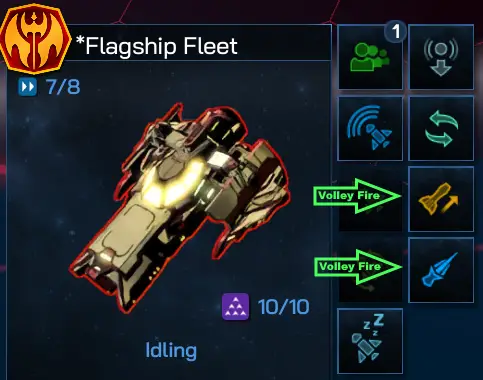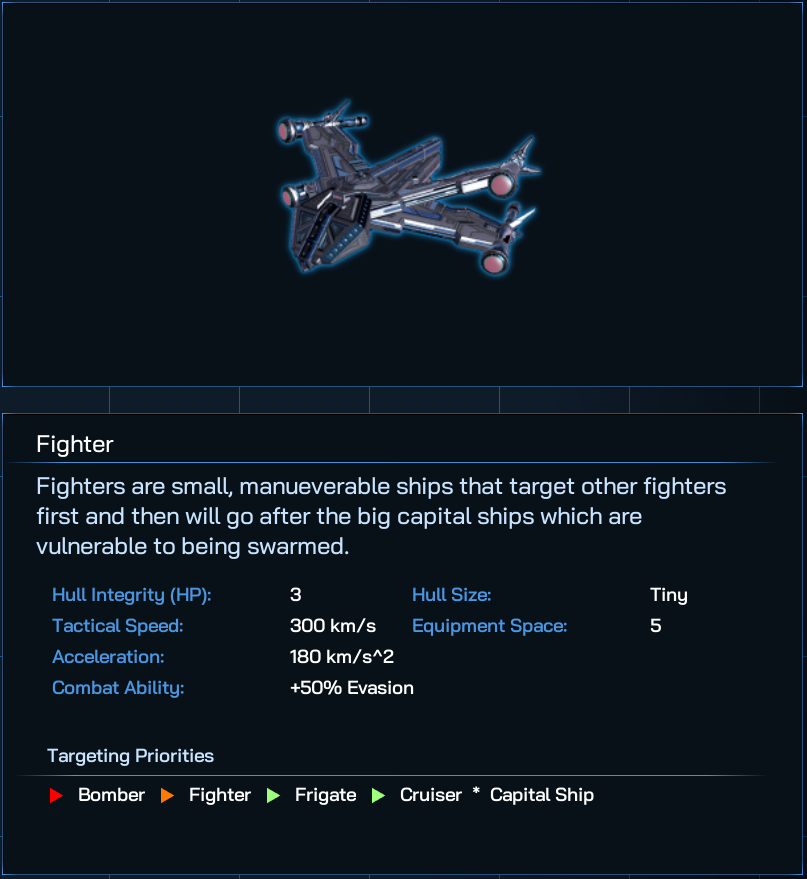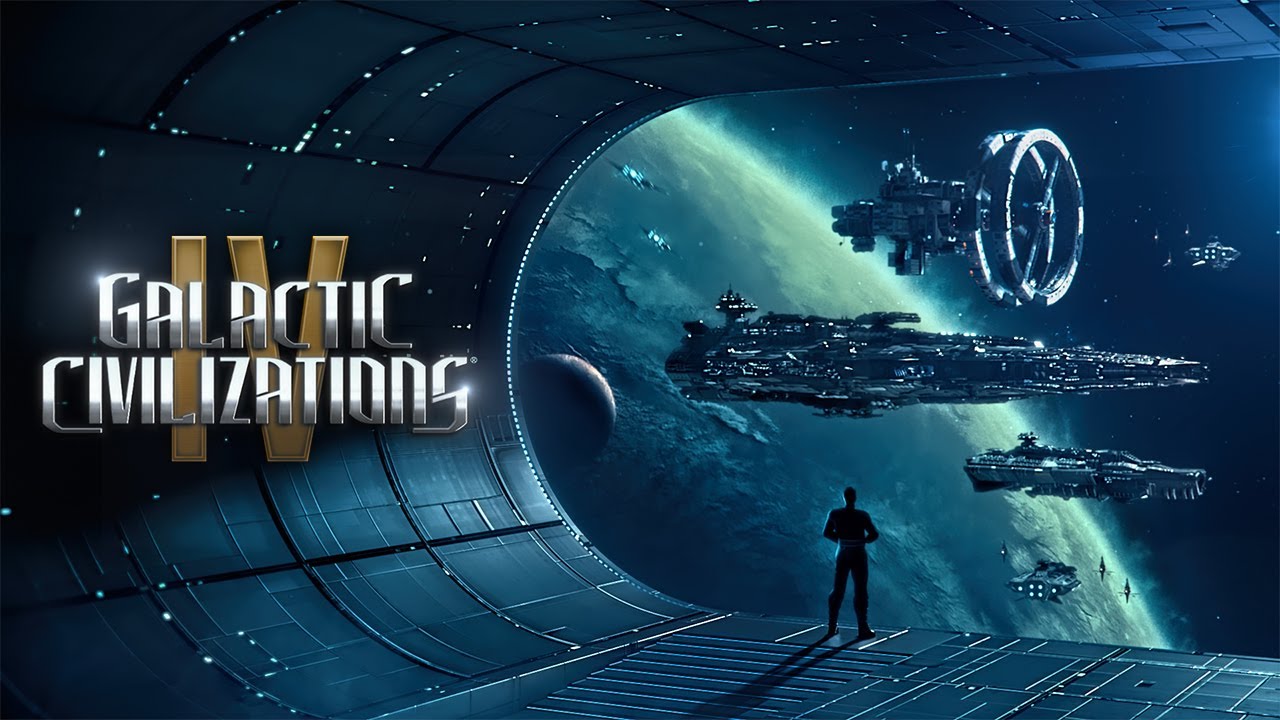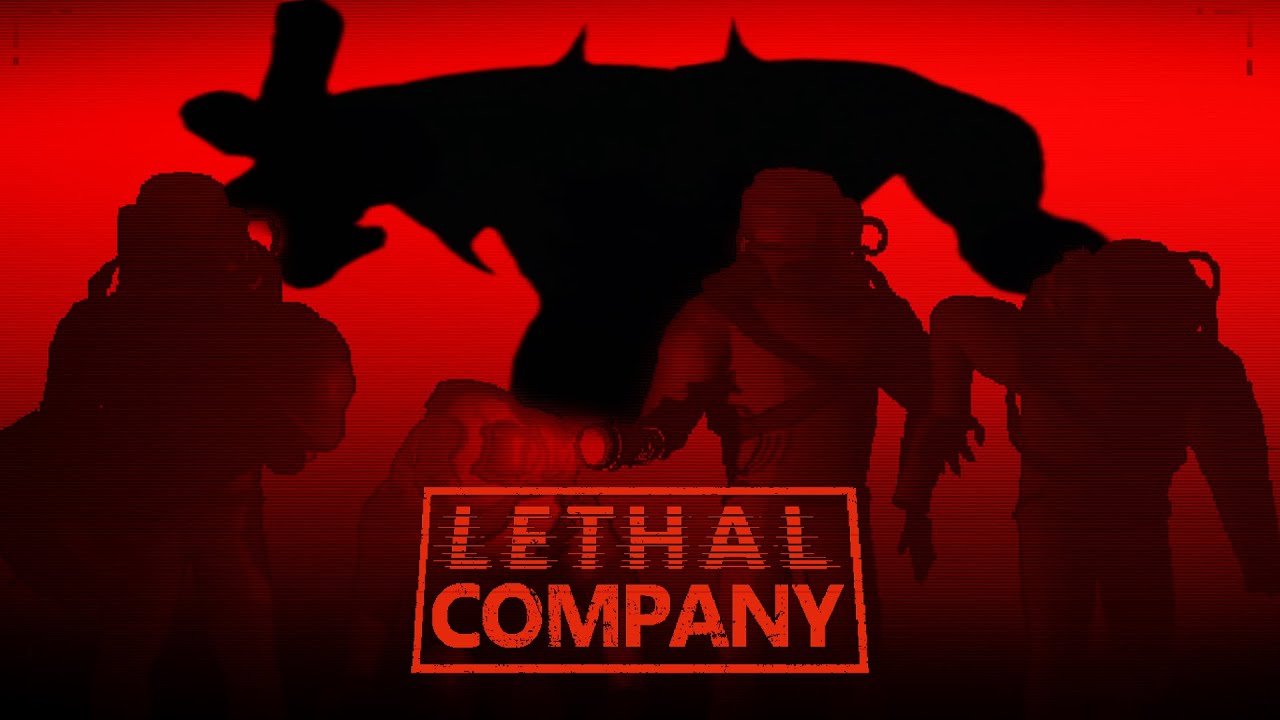A beginner’s guide to space combat in Galactic Civilizations 4 Supernova. The purpose of this guide is to understand the basics of combat in Galactic Civilizations 4. Hopefully, this guide will give you the basic knowledge required to understand combat mechanics and build successful fleets.
Weaponry
There are 3 weapon types: Missile, Beam, and Kinetic. Missile and Beam weapons can conduct volley fire.
Volley Fire
Ships equipped with Missile and Beam weapons can use volley fire on the galaxy map against hostile ships or life forms Missiles have a range of 4 tiles. Beam weapons have a range of 2 tiles.
Note: Space War Tactics tech unlocks the ability for ships and starbases to use volley fire against hostiles automatically if they have not already used the ability in the previous turn.

Weapons
Missile weapons have the longest range of any weapon type (5000m). They have a slow cooldown of 5 Turns and -50% accuracy. They can volley fire up to 4 tiles away on the galaxy Map.
Beam weapons provide a consistent source of damage at medium range (2000m). They have a medium cooldown time of 3 Turns and high accuracy of 90%. They can use volley fire up to 2 tiles away on the galaxy Map.
Kinetic weapons have the shortest range (500m). They have a rapid cooldown of 1 turn and medium accuracy of 67%. They cannot conduct volley fire.
Defenses
There are 3 defense types: Evasion, Shields, and Armor.
Damage against a ship must first hit the ship, overwhelm the shields, and penetrate the armor in order to inflict damage to the ship.
It is recommended when designing ships to balance their defenses rather than have all shields/all armor. The combat resolves much different than in previous GalCiv games.
Evasion
Evasion is your first line of defense and makes ships more likely to dodge an enemy attack. If a successful roll occurs, no damage occurs. If the roll fails, damage occurs.
However, this damage has a chance to be absorbed by Shields (if present) or mitigated by Armor (if present).
Shields
Shields absorb incoming damage. Any damage that is not evaded is applied to Shields next (if present). The amount of damage is subtracted from the Shields value until Shields reach 0. Once Shields reach 0, any further damage may be mitigated by Armor (if present).
Note: Adding Shields to a ship is comparable to increasing the Hitpoints of a Ship.
Armor
Armor helps mitigate damage and is your last line of defense. When damage occurs against Armor, its armor rating is rolled against the attack. If the armor rating roll is higher, it mitigates the damage.
Note: After every armor roll, the armor rating is reduced by 5% of its original armor value for the duration of the battle. This means that Armor is degraded after every hit and will be depleted after 20 hits regardless of the amount of damage. This mechanic allows a swarm of Kinetic Bombers to shred Dreadnought heavy armor.
Ships
Ships come in 6 types: Fighter, Bomber, Frigate, Cruiser, Battleship, and Dreadnought. Battleships and Dreadnought are considered Capital Ships. These are large, expensive combat ships that can be very powerful.
Each Ship Type has a role and functions differently in combat. A successful fleet typically follows a combined arms approach in which the fleet is composed of different ships which complement and reinforce each other.
Targeting Priority
Each ship type has a Targeting Priority which can be seen in the Ship Designer.

In the above screenshot, we see the Targeting Priorities for a Fighter.
What this means is that Fighters will target Bombers first and once all Bombers have been destroyed they will then target Fighters. They will continue to do this for each ship type in the list until finally targeting Capital ships.
Combat Roles
- Fighters and Bombers are the smallest ships and make up your Fleet’s screen. They deploy ahead of all other ships and are the vanguard for the fleet. They are the fastest ships and have +50% evasion.
- Fighters target Bombers first. Recommend Kinetic weapons due to their fast approach speed
- Bombers target Capital Ships first. Recommend Kinetics early game; then a mix of Kinetic and Missile bombers when Capital Ships appear. Missiles bombers will engage from distance to weaken Capital’s shields and Kinetic Bombers will assist in shredding Dreadnought armor when in range.
- Frigates have an accuracy bonus of +50%, average speed, and target Bombers first. Beam weapons recommended
- Cruisers have no special traits, average speed, and target Capital Ships first. Beam/Kinetic weapon mix recommended
- Battleships have no special traits, slower combat speed, and target Capital Ships first. Beam/Missile weapon mix recommended
- Dreadnoughts have no special traits, have the slowest combat speed, and target Capital Ships first. Missile weapons recommended.
Fleets
Fleets require Logistics Points to create. Typically you begin the game with 10 Logistic Points.
Each Ship Type requires a different amount of Logistics in order to be assigned to a fleet
It is recommended for beginners to create fleets which follow a Pyramid template in which Fighter and Bombers compose the majority of the fleet, then Frigates, Cruisers, and so on up to Dreadnoughts.
For example: an 18 Logistic point fleet might be composed of 4 Fighters, 4 Bombers, 2 Frigates, and 1 Cruiser
Logistics Points typically are increased through the Engineering tech tree, but they may come from other sources as well.



